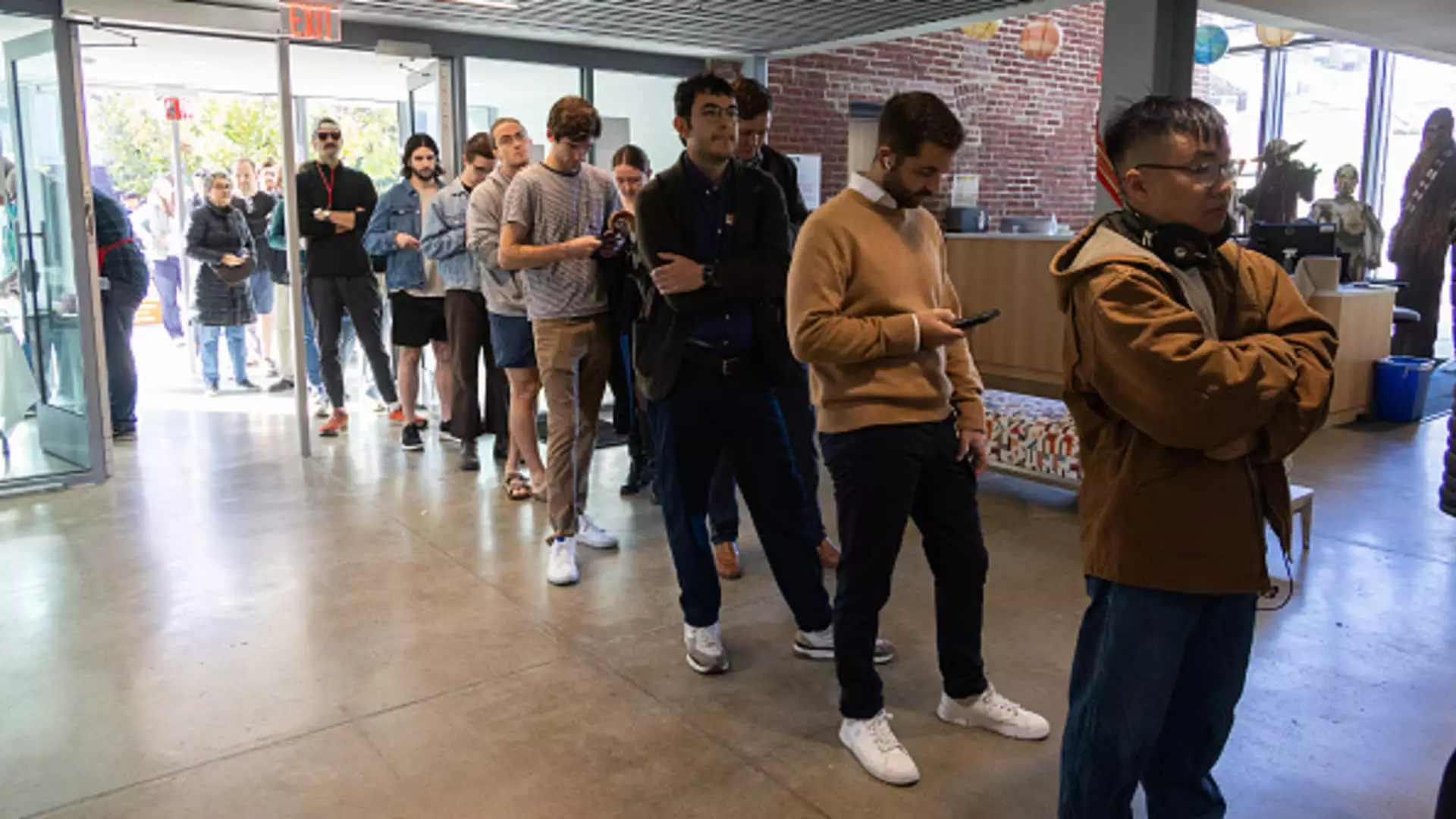The 2024 election cycle highlighted profound societal divisions, particularly through the lens of gender. As Americans headed to the polls, the stark contrast in the support levels for candidates based on gender emerged as a defining narrative. The implications of these trends extend beyond mere electoral outcomes; they encapsulate broader social dynamics regarding economic status, education, and the evolving roles of men and women within society.
Reports from exit polls, particularly from NBC News, revealed a significant gender divide among voters. Women largely rallied behind Vice President Kamala Harris, showing a clear preference with 53% support, while only 45% sided with President-elect Donald Trump. Meanwhile, men exhibited a contrasting allegiance, with 55% supporting Trump compared to 42% for Harris, unveiling a striking 21-point gender gap. This divergence not only signals ideological differences but also indicates shifting economic and social concerns among different demographics.
In recent years, men have increasingly gravitated towards Trump, particularly due to perceptions surrounding economic issues. With inflation being the paramount concern across the electorate, it is evident that economic anxieties play a considerable role in shaping political allegiances. As experts analyzed the motives driving young male voters, they pointed to a growing sentiment of disillusionment regarding economic mobility, highlighting a distressing trend—young men feeling increasingly marginalized within the socio-economic landscape.
Julia Pollak, chief economist at ZipRecruiter, suggests that many men perceive an absence of viable pathways to economic success. This perspective has contributed to a noticeable drop in participation within the workforce, especially among men aged 25 to 54, generally considered to be in their prime working years. Studies conducted by the Pew Research Center reveal alarming statistics: non-college-educated men are exiting the workforce at much higher rates than those with a college education.
At the root of these trends is a narrative of declining opportunities and educational attainment disparities. In the 1990s, equal numbers of young men and women possessed bachelor’s degrees, each at approximately 25%. Fast forward to today, and we see that 47% of women aged 25 to 34 hold degrees compared to only 37% of men—a gap that is both significant and troubling. This disparity in educational achievement is exacerbated by the diminishing presence of vocational training and traditional blue-collar jobs, which have historically provided stable employment for non-college-educated men.
The rise of the NEET cohort—not in employment, education, or training—further complicates this landscape. As Richard Fry of Pew Research indicates, young men are increasingly defined by their absence from productive roles in society. The decline of manufacturing jobs, coupled with the forces of globalization, has left many feeling undervalued and unrecognized. This economic detachment correlates with a troubling lack of motivation and resultant disengagement from both work and educational opportunities.
The implications of these trends are vast. Research highlights that beliefs surrounding financial stability significantly influenced voting behaviors, particularly among men who anticipate their financial futures being shaped by the election’s outcome. According to a survey by the National Endowment for Financial Education (NEFE), men who felt that their financial well-being hinged on the election were more likely to favor Trump—pointing to a considerable relationship between economic sentiment and political choice.
In contrast to the plight of many young men, women have made substantial strides in education and career prospects. Women are entering the workforce at unprecedented levels, often prioritizing professional growth, and delaying traditional life milestones like marriage and motherhood. Economists note that this shift is reshaping societal norms, leading women to seek supportive governmental policies, including universal childcare and reproductive rights.
Despite these advancements, issues surrounding reproductive rights, which became prominent in the 2024 election discourse, did not significantly drive increased voter turnout among women. Polls indicated that while these rights remain critical, they were not the foremost considerations shaping votes.
The analysis of the 2024 elections offers profound insights into the evolving societal dynamics at play, marked by a stark gender divide in political support. The prevailing narratives of economic disenfranchisement for men and the ascending empowerment of women paint a complex picture of America’s political and social landscape.
Moving forward, it is of paramount importance that both genders continue to advocate for their interests within the political arena while recognizing the intertwined fates of societal groups. As highlighted by advocates and economists alike, the real work lies ahead in establishing a political discourse that acknowledges and addresses the diverse challenges faced by all Americans, fostering an environment of inclusion and equitable opportunities.

